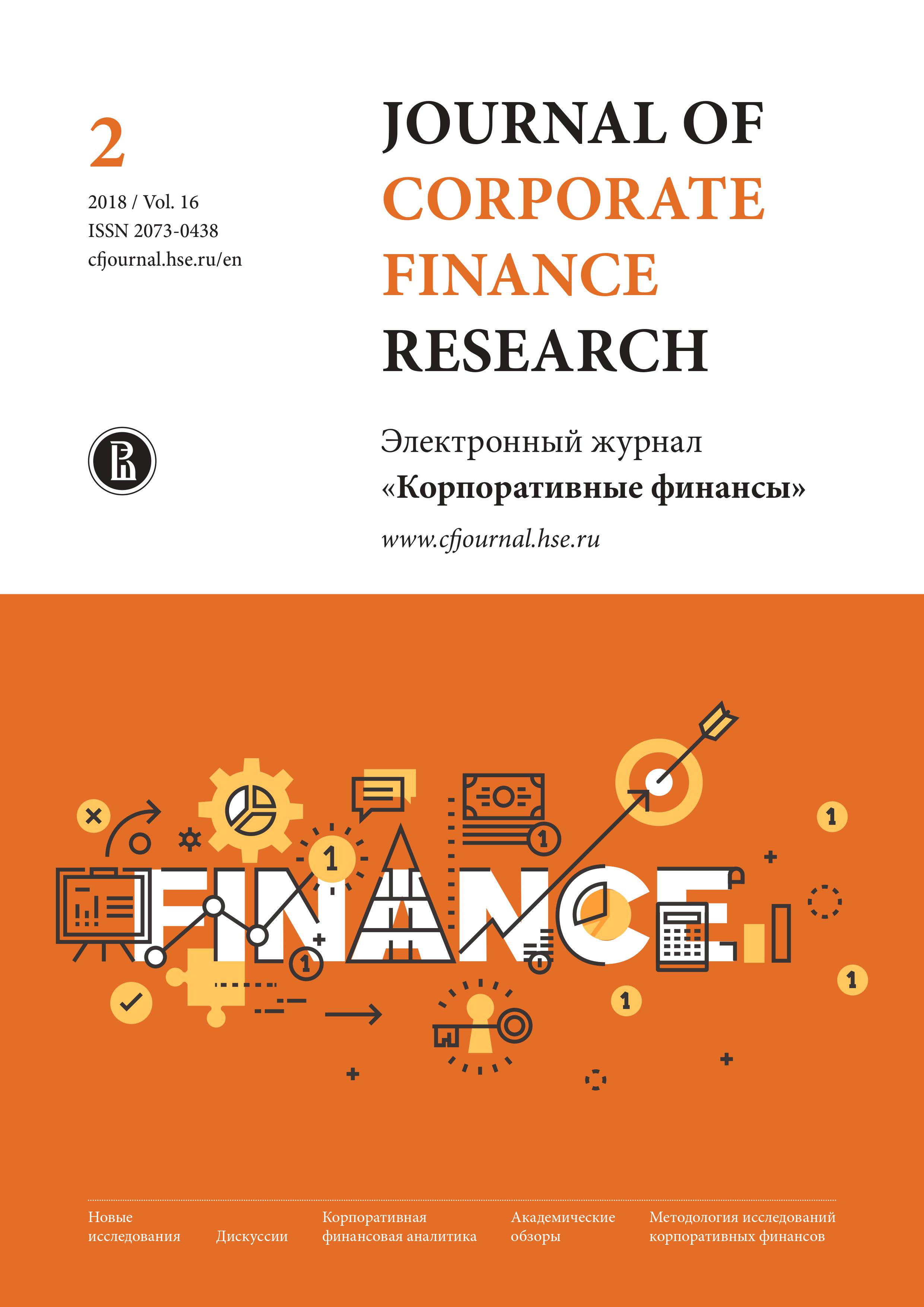Stochastic Analysis of the Break-Even of the Enterprise
Abstract
The break-even equation describes the relationship between the financial indicators of a company at various levels of production and sales. The processes that lead to their change are considered deterministic. In this paper, we present a mathematical model that complements the break-even analysis by including the uncertainty related to the operating activity of the company. The method is based on the description of the revenue generation process using the geometric stochastic motion model. In addition to that, to more accurately describe the impact of time we used the concept of the operational cycle.
The equations that we obtained allow us to describe the financial result as a difference in the mathematical
expectations of profit and loss. This method presents the structure of the financial result in terms of possible
favorable and unfavorable outcomes, including into the analysis the alternative scenarios of company’s development.
In addition to the theoretical research, we show to what extent the uncertainty of revenue affects the financial performance of a stable operating company. For this purpose, we consider the charts of the probability density functions of the parameters used in the break-even analysis which demonstrate the contribution of the random component on their magnitude.
We will see that the conclusions made with regard to the stochastic nature of the proceeds may differ significantly from the results of the break-even analysis performed on the basis of the assumption of the deterministic nature of the proceeding processes. Within the framework of this paper, the operation of a company is considered primarily from the position of a breakeven analysis. However, the equations that were obtained can be used to calculate the indicators that allow to assess the risks of operating activities. This is shown in the interpretation of the model in terms of the options and calculation of return on equity, taking into account the risk.

